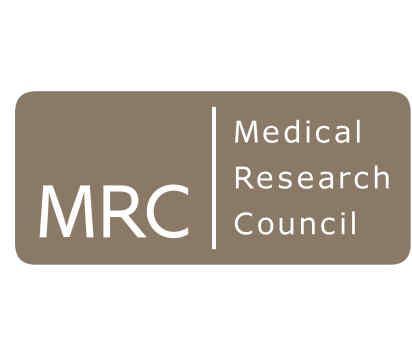BibTex format
@article{Lewis:2016:10.1021/acs.analchem.6b01481,
author = {Lewis, MR and Pearce, JTM and Spagou, K and Green, M and Dona, AC and Yuen, AHY and David, M and Berry, DJ and Chappell, K and Horneffer-van, der Sluis C and Shaf, R and Lovestone, S and Elliott, P and Shockcor, J and Lindon, JC and Cloarec, O and Takats, Z and Holmes, E and Nicholson, JK},
doi = {10.1021/acs.analchem.6b01481},
journal = {Analytical Chemistry},
pages = {9004--9013},
title = {Development and Application of Ultra-Performance Liquid Chromatography-TOF MS for Precision Large Scale Urinary Metabolic Phenotyping},
url = {http://dx.doi.org/10.1021/acs.analchem.6b01481},
volume = {88},
year = {2016}
}
RIS format (EndNote, RefMan)
TY - JOUR
AB - To better understand the molecular mechanisms underpinning physiological variation in human populations, metabolic phenotyping approaches are increasingly being applied to studies involving hundreds and thousands of biofluid samples. Hyphenated ultra-performance liquid chromatography and mass spectrometry (UPLC-MS) has become a fundamental tool for this purpose. Yet, the seemingly inevitable need to analyze large studies in multiple analytical batches for UPLC-MS analysis poses a challenge to data quality which has been recognized in the field. Herein we describe in detail a fit-for-purpose UPLC-MS platform, method set, and sample analysis workflow, capable of sustained analysis on an industrial scale and allowing batch-free operation for large studies. Using complementary reversed-phase chromatography (RPC) and hydrophilic interaction liquid chromatography (HILIC) together with high resolution orthogonal acceleration time-of-flight mass spectrometry, exceptional measurement precision is exemplified with independent epidemiological sample sets of approximately 650 and 1000 participant samples. Evaluation of molecular reference targets in repeated injections of pooled quality control (QC) samples distributed throughout each experiment demonstrates a mean retention time relative standard deviation (RSD) of <0.3% across all assays in both studies and a mean peak area RSD of <15% in the raw data. To more globally assess the quality of the profiling data, untargeted feature extraction was performed followed by data filtration according to feature intensity response to QC sample dilution. Analysis of the remaining features within the repeated QC sample measurements demonstrated median peak area RSD values of <20% for the RPC assays and <25% for the HILIC assays. These values represent the quality of the raw data, as no normalization or feature-specific intensity correction was applied. While the data in each experiment was acquired in a single continuous batch
AU - Lewis,MR
AU - Pearce,JTM
AU - Spagou,K
AU - Green,M
AU - Dona,AC
AU - Yuen,AHY
AU - David,M
AU - Berry,DJ
AU - Chappell,K
AU - Horneffer-van,der Sluis C
AU - Shaf,R
AU - Lovestone,S
AU - Elliott,P
AU - Shockcor,J
AU - Lindon,JC
AU - Cloarec,O
AU - Takats,Z
AU - Holmes,E
AU - Nicholson,JK
DO - 10.1021/acs.analchem.6b01481
EP - 9013
PY - 2016///
SN - 1520-6882
SP - 9004
TI - Development and Application of Ultra-Performance Liquid Chromatography-TOF MS for Precision Large Scale Urinary Metabolic Phenotyping
T2 - Analytical Chemistry
UR - http://dx.doi.org/10.1021/acs.analchem.6b01481
VL - 88
ER -
